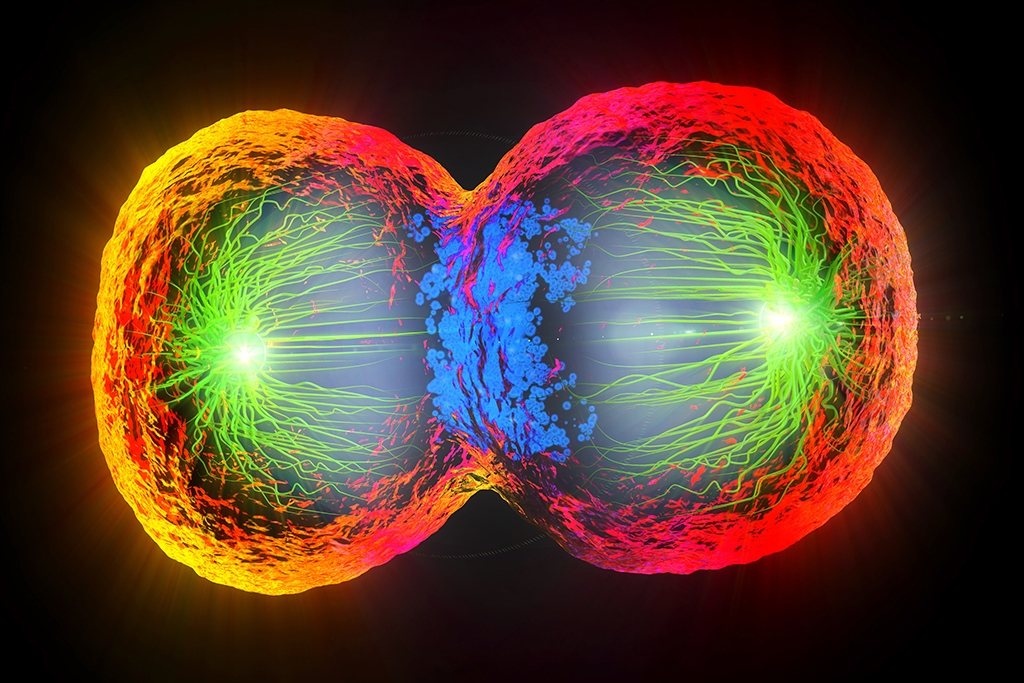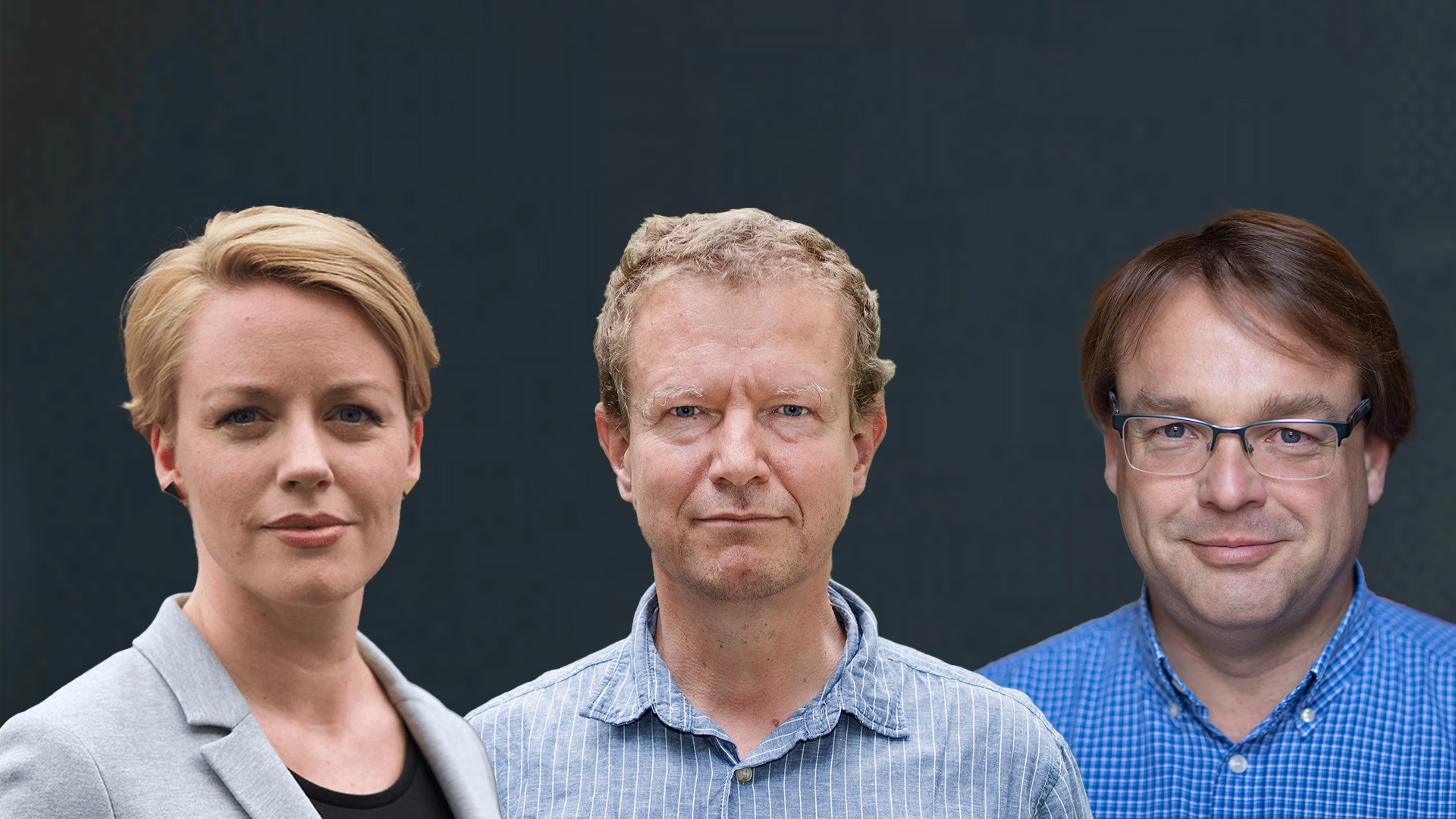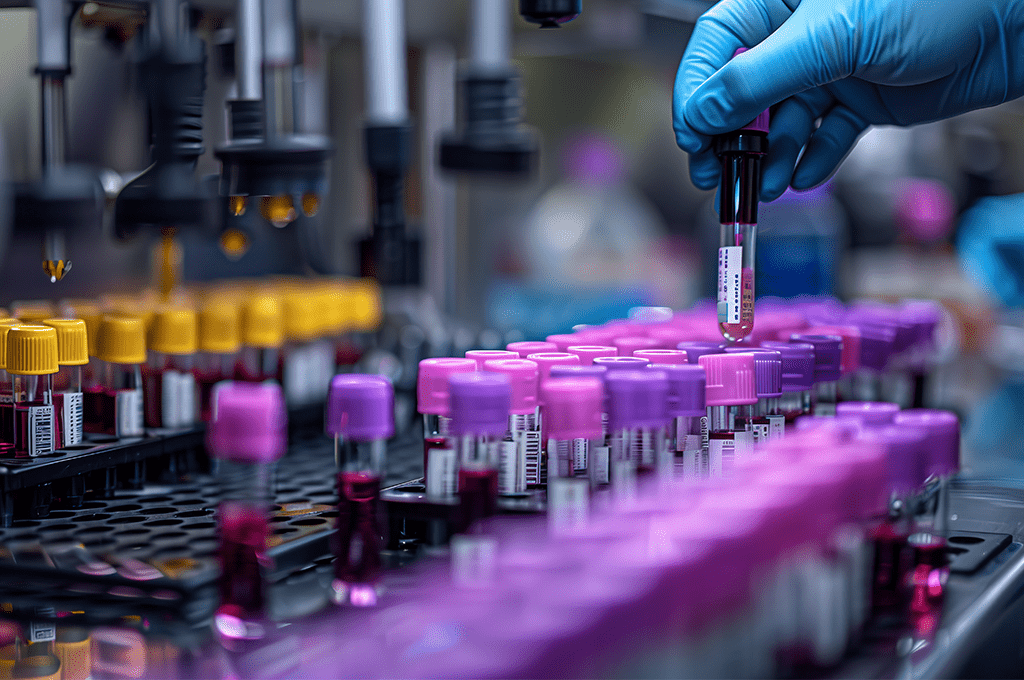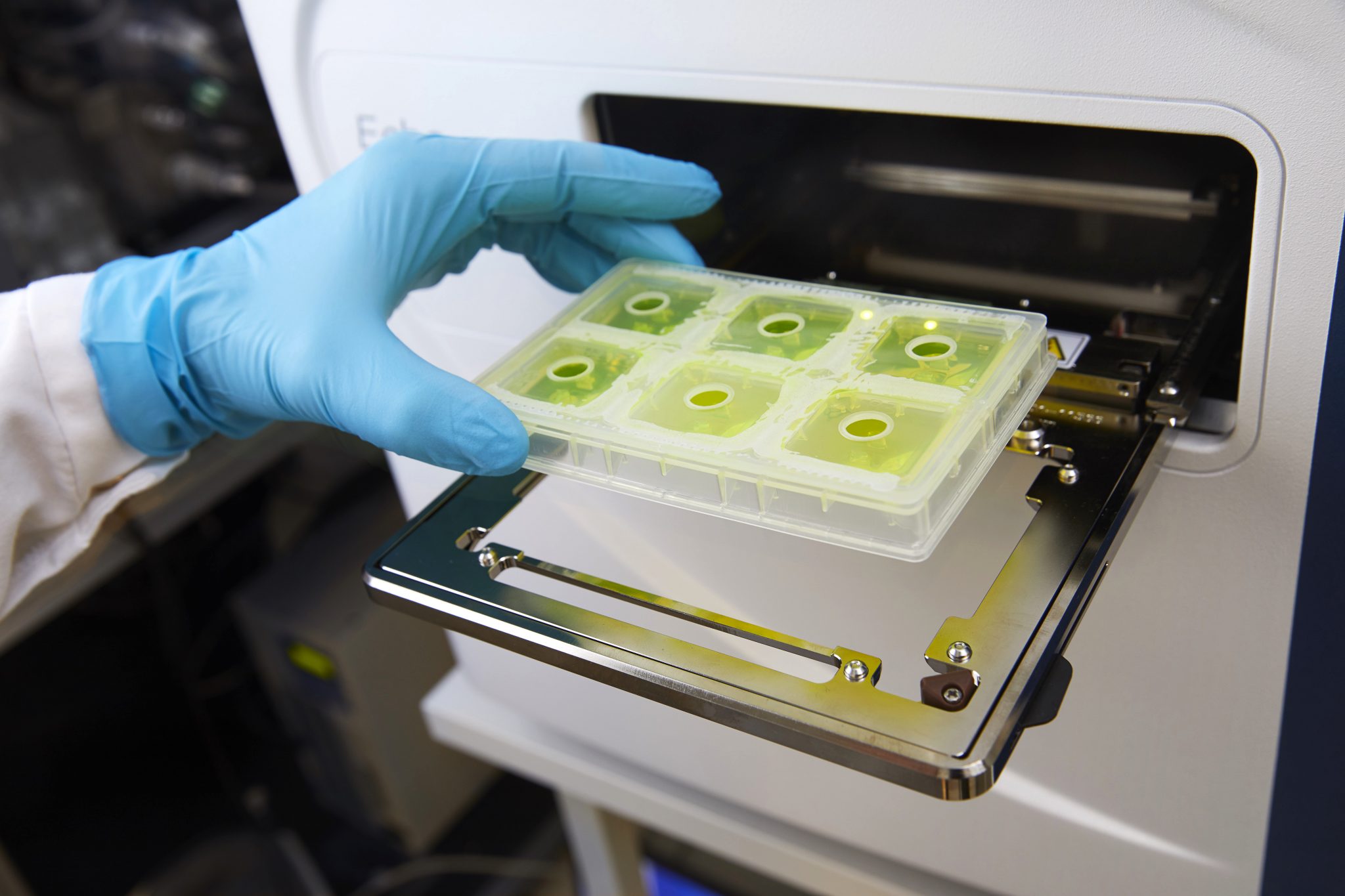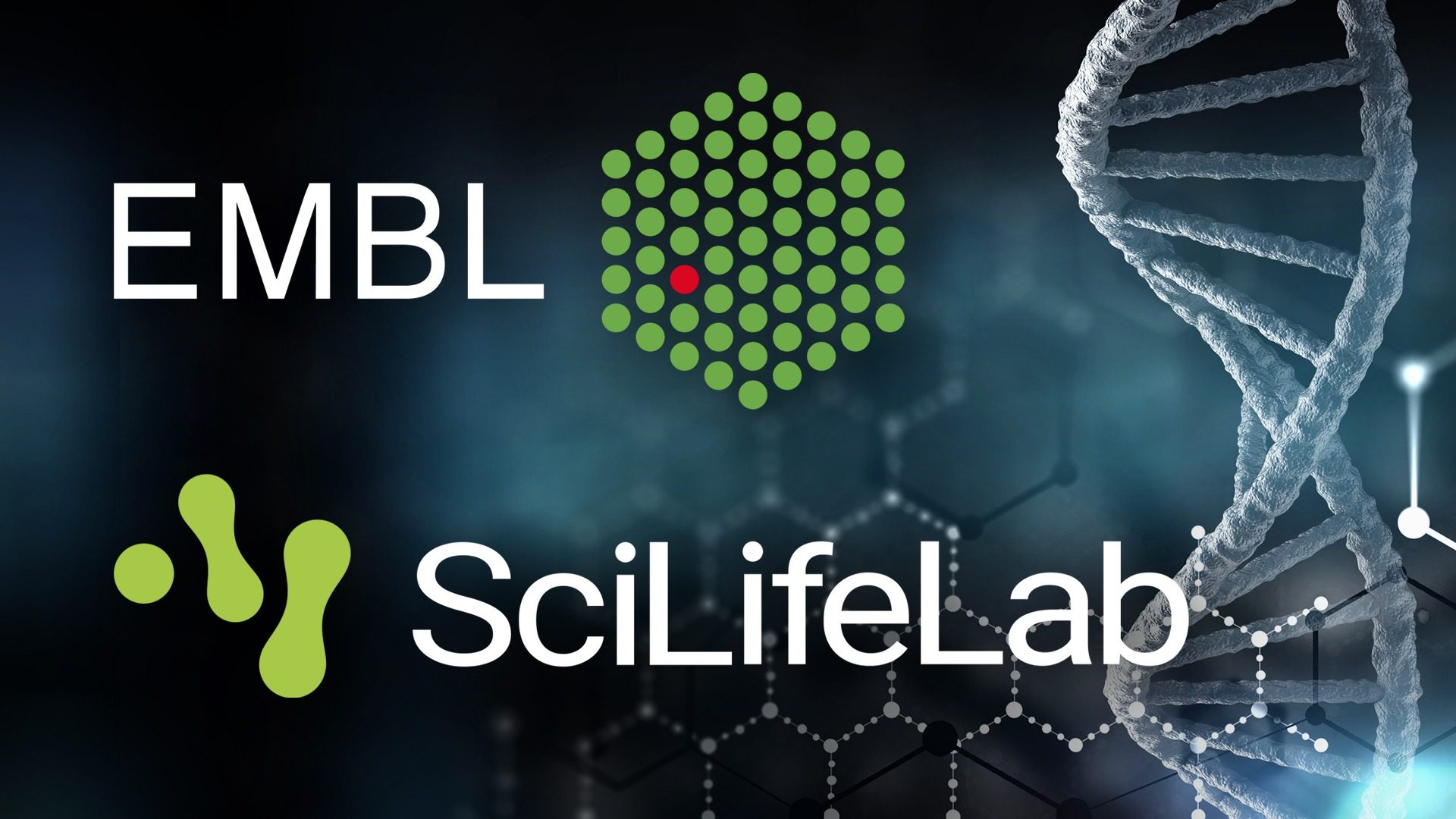DuMPLING speeds up genetic library analysis
SciLifeLab researchers have developed a new method that makes it possible to study entire cell libraries in a single experiment. By using the new method, the researchers were able to paint a clearer picture of the elusive cell cycle control mechanism in bacteria.
The famous CRISPR/Cas9 system, capable of altering the expression of virtually any protein, can be modified to change whole cell libraries which can then be tracked using a barcode labeling system. Together with recent developments in optics and image analysis it would, in theory, be possible to study biological processes in each and every one of those cells to identify all the genes involved in a specific biological process, potentially cutting research time by years.
The problem, however, has been to keep track of thousands of cells, study the biological processes – like protein expression or cell division – occurring in each and everyone of them and then read their genetic barcode. Now it seems a solution to the problem might have been found.
In a recent study, led by Johan Elf (SciLifeLab/Uppsala University), researchers have developed a new method, called DuMPLING (Dynamic u-fluidic Microscopy-based Phenotyping of a Library before IN situ Genotyping), which makes it possible to study an entire cell library on a single microfluidic chip.
“The method is exceptionally potent and allows us to link genetic information to complex cell behaviour at an entirely new level,” says Johan Elf, in a press release from Uppsala University.
Elf and his team are focused on studying the bacterial cell cycle and although this has been studied for decades, it is still unclear how cells achieve the strict control that is required for copying all DNA only once. Errors in this process normally leads to devastating consequences for the cell.
“We can develop models that can reproduce the mechanism, but since we don’t know all the players yet, it’s hard to test if the models are biologically relevant. With this new method, it will be possible to identify the unknown components,” says Daniel Camsund, researcher in molecular cell biology at Uppsala University.
In the study, published in Nature Methods, the researchers used DuMPLING to study various known cell cycle regulators as well as few unknown gene candidates. After the cell cycle data was collected, the cell nutrients was replaced by a preservative solution that fixed the cells allowing their genetic barcode to be read using microscopy and colour-coded pieces of DNA.
“It’s fascinating to see how the colour code develops, but fortunately, we’re not decoding it manually. We have software that makes the identification,” says Jimmy Larsson, researcher in molecular cell biology at Uppsala University.
The researchers were able to identify most of the known regulatory elements demonstrating that the method works. The next step will be to expand the library to include all genes in the bacterial genome which could provide vital information in the hunt for a complete description of the cell cycle control mechanism.
